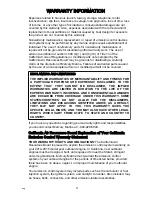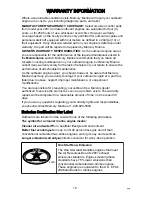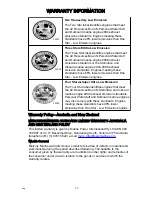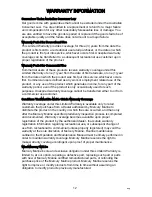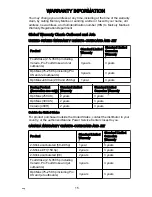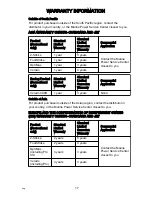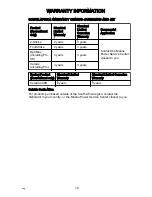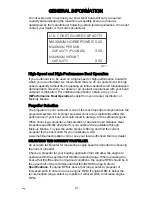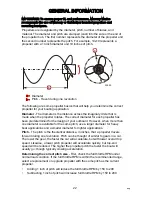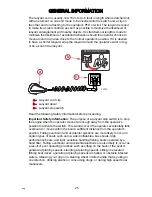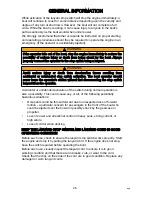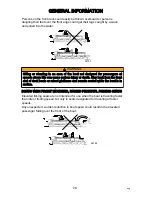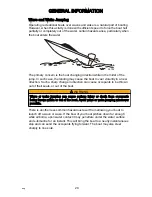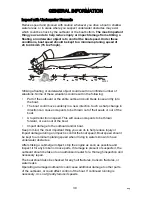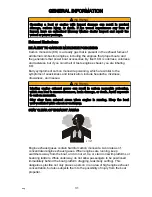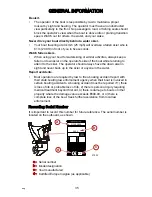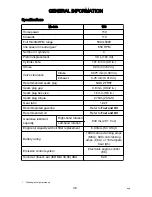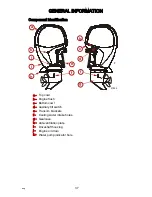
IMPORTANT: To ensure proper fit, and performance, Mercury Marine
recommends the use of Mercury or Quicksilver branded propellers and
mounting hardware.
Propellers are designated by the diameter, pitch, number of blades, and
material. The diameter and pitch are stamped (cast) into the side or the end of
the propeller hub. The first number represents the diameter of the propeller and
the second number represents the pitch. For example, 14x19 represents a
propeller with a 14 inch diameter and 19 inches of pitch.
a -
Diameter
b -
Pitch ‑ Travel during one revolution
The following are some propeller basics that will help you determine the correct
propeller for your boating application.
Diameter
‑ The diameter is the distance across the imaginary circle that is
made when the propeller rotates. The correct diameter for each propeller has
been predetermined for the design of your outboard. However, when more than
one diameter is available for the same pitch, use a larger diameter for heavy
boat applications and a smaller diameter for lighter applications.
Pitch
‑ The pitch is the theoretical distance, in inches, that a propeller travels
forward during one revolution. Pitch can be thought of similar to gears in a car.
The lower the gear, the faster the car will accelerate, but with lower overall top
speed. Likewise, a lower pitch propeller will accelerate quickly, but top‑end
speed will be reduced. The higher the propeller pitch the faster the boat will
usually go; though typically slowing acceleration.
Determining the correct pitch size
‑ First, check the full throttle RPM under
normal load condition. If the full throttle RPM is within the recommended range,
select a replacement or upgrade propeller with the same pitch as the current
propeller.
•
Adding 1 inch of pitch will reduce the full throttle RPM by 150 to 200
•
Subtracting 1 inch of pitch will increase full throttle RPM by 150 to 200
a
b
22669
GENERAL INFORMATION
22
eng
Summary of Contents for 150 FourStroke
Page 2: ...eng ...


